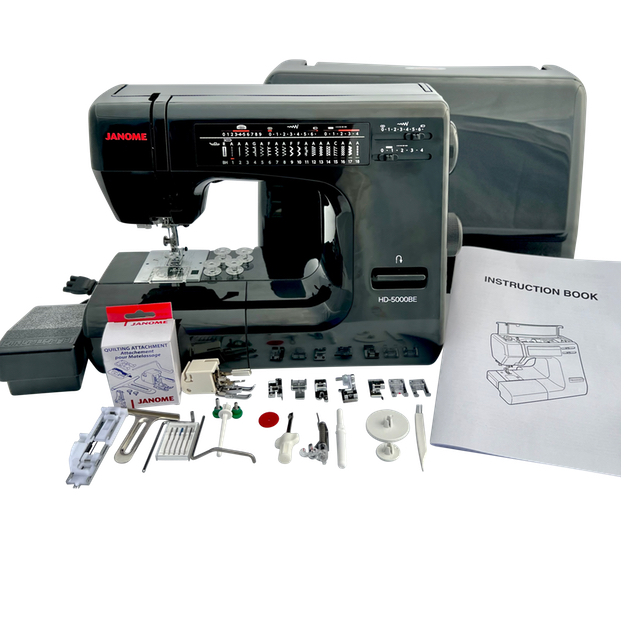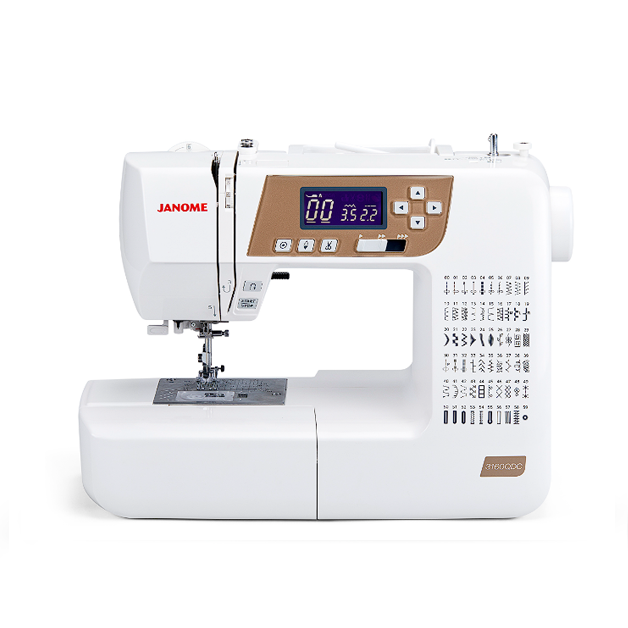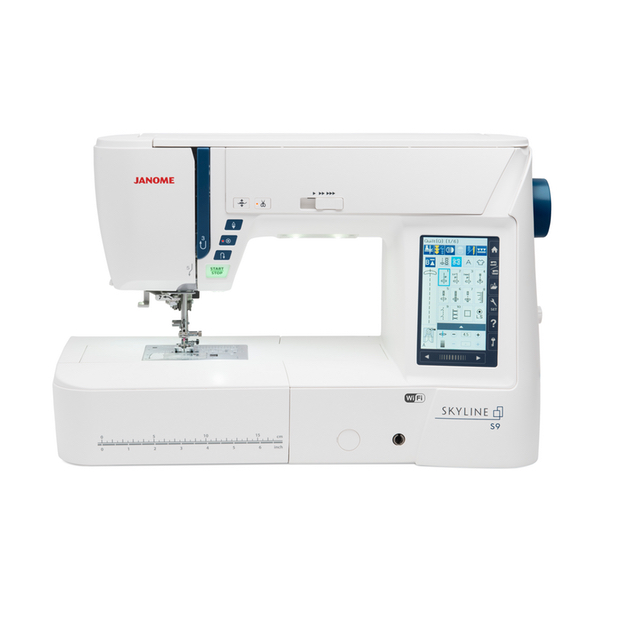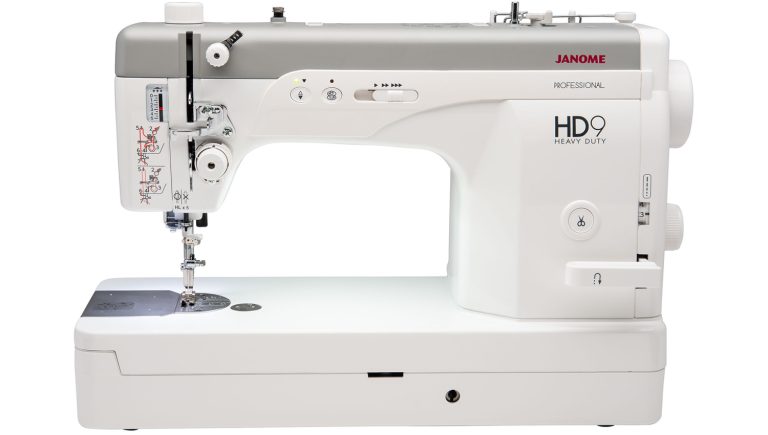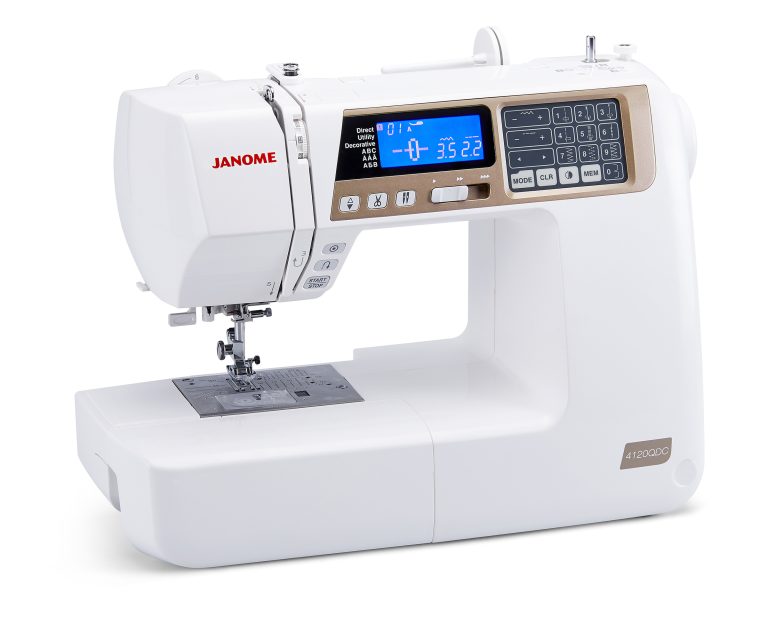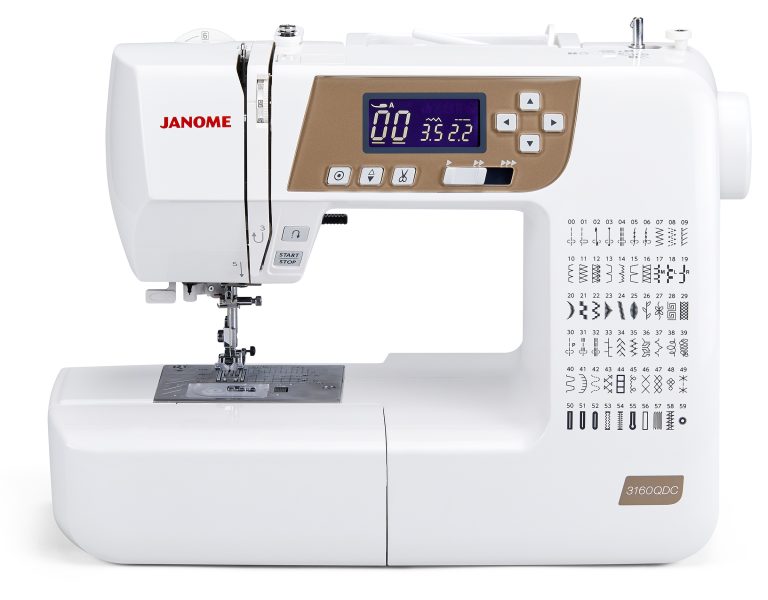August 28th, 2023: Taking Care of Your Janome HD5000BE: Maintenance Tips and Tricks
August 28th, 2023
Your sewing machine is more than just a tool; it’s a partner in your creative journey. Just like any other investment, it requires care and maintenance to perform optimally. The Janome HD5000BE, with its robust build and sophisticated features, is no exception. Here, we’ll explore some key maintenance tips and tricks to ensure your Janome HD5000BE keeps running smoothly for years to come.
Cleaning Regularly:
Even the most casual sewing projects can leave a surprising amount of lint and dust behind. These seemingly innocuous particles can accumulate in the bobbin case and feed dogs, affecting the machine’s performance and potentially leading to costly repairs. Regular cleaning, after every few hours of use, is advisable. Use the brush included in the machine’s accessory kit to gently remove lint from these areas.
Proper Oiling:
The Janome HD5000BE benefits from occasional oiling. A single drop of sewing machine oil on the hook race (the oiling point is the little hole underneath the bobbin) every 8 hours of sewing time can keep your machine running smoothly. Remember, too much oil can attract lint, so it’s essential to use it sparingly.
Needle Care:
Changing the needle regularly can significantly impact your sewing quality. A dull or bent needle can lead to skipped stitches, broken threads, or damaged fabrics. As a general rule, replace the needle after 16 hours of sewing, or when starting a new project.
Needles, while they may seem like small and inconsequential components of your sewing project, play a crucial role in the quality and overall success of your work. Different types of fabrics require different kinds of needles, and using the correct one can make a significant difference in your sewing experience. Let’s delve into how you can match your needle to your fabric for the best results.
1. Universal Needles:
As the name suggests, universal needles are great all-rounders and are suitable for a range of fabrics, from woven fabrics such as cotton and linen to knits like jersey. They have a slightly rounded tip which allows the needle to slip through the fabric threads, rather than piercing them.
2. Ballpoint Needles:
These are ideal for knit fabrics as the rounded tip of the needle pushes aside the fabric threads, avoiding any damage or laddering. It is gentler on the fabric and prevents skipped stitches, making it perfect for materials like jersey or stretch.
3. Sharp/Microtex Needles:
Sharp needles, also known as Microtex, have a very sharp point and are ideal for densely woven fabrics such as microfiber or silk. They also work well with coated materials like oilcloth. The sharp point allows the needle to penetrate the tight weave without causing damage.
4. Denim/Jeans Needles:
As the name suggests, these needles are designed for heavy, tightly woven fabrics like denim, canvas, or heavy twill. They have a sharp point and a stiffer, stronger shaft to avoid bending or breaking when sewing through multiple layers or seams.
5. Leather Needles:
Leather needles have a wedge-shaped point that allows them to penetrate leather and other heavy non-woven fabrics like vinyl or faux leather without tearing.
6. Stretch Needles:
Designed specifically for highly elastic fabrics like Lycra or Spandex, stretch needles have a special scarf designed to prevent skipped stitches.
Remember, when choosing a needle, you also need to consider the needle’s size. The rule of thumb is to use a finer needle (smaller size number) for lightweight fabrics and a larger needle for heavyweight fabrics. For example, you might use a size 70/10 needle for fine silk, a size 80/12 for medium-weight fabrics like quilt cotton, and a size 110/18 for heavy fabrics like thick denim or upholstery fabrics.
Using the correct needle for your fabric can vastly improve your sewing experience, resulting in fewer skipped stitches, less thread breakage, and a cleaner finish. It’s a small change that can have a big impact on your project.
Proper Storage:
When not in use, store your Janome HD5000BE in a dust-free environment, covered, to prevent dust accumulation. The hard cover provided with the machine is ideal for this purpose.
Professional Servicing:
While routine maintenance can be done at home, it’s beneficial to get your machine professionally serviced every 12-18 months. A certified technician can get into areas of the machine that aren’t easily accessible and check the machine’s timing, tension, and other internal mechanics.
Investing in a quality sewing machine like the Janome HD5000BE is not just financially sound but environmentally friendly too. Rather than replacing a lower-quality machine every few years, the HD5000BE, with proper care, can last for decades. This reduces waste and promotes a more sustainable approach to sewing.
In conclusion, maintaining your Janome HD5000BE doesn’t require a lot of time or expensive equipment. With these tips and tricks, you can ensure your sewing machine continues to be a reliable partner in all your creative endeavors. Happy sewing!
